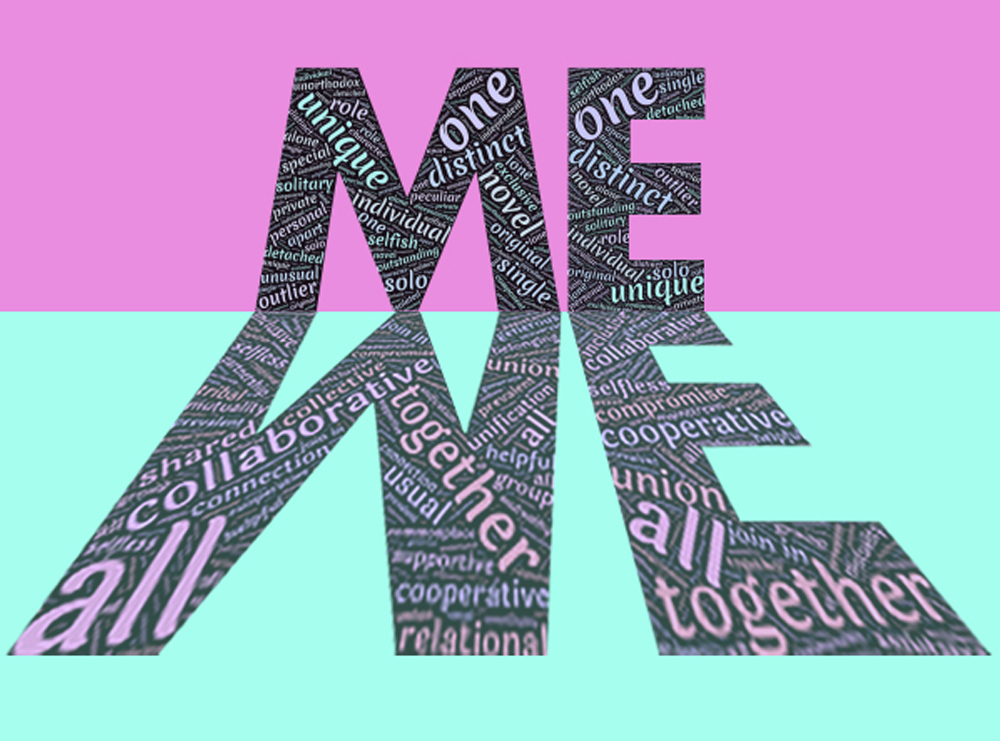Introduction
In the first two articles of this series, I discussed what culture is and why it matters, and the role of leadership and employees in culture change. Since those articles were published, DPK Consulting has made two major announcements that are directly relevant to navigating culture change and, more specifically, how to build a high-performance team to support culture change.
First, we announced the acquisition of Geomatix, a company that offers drone services, remote sensing, and analytics. This will enable us to provide even more value to our customers. Second, we announced our relocation to our new Edison headquarters, a larger, more open space, that will enable us to add to our team and better support services.
Why These Strategic Events Matter
There are very practical reasons for these developments. The forward trending and unique capabilities of drone-based services from Geomatix are highly complementary to DPK services. This is resulting in new levels of efficiency for our customers while creating exciting expansion opportunities into new markets. Expanding our services also increases opportunities for our people, a critical aspect for growth and talent retention. At the same time, the new office space is large enough to accommodate new personnel, incorporate new services and technology into our operations, and support DPK’s steady growth. Our proximity to the Metropark train station will simplify commuting for our team and allow us to attract talent from a larger geographic area.
Digging deeper, the Geomatix acquisition and our new headquarters are evidence of the new culture we’re building at DPK. They reinforce our organizational values and goals. The new space enables and encourages “collaboration by design” with work and meeting spaces throughout the suite. Everyone can have a voice in client projects as well as the overall direction of the company. Our new “open” office layout makes having quick, unplanned meeting or work conversation with a colleague so much easier as evidenced by the small groups of people I see huddled around a CAD operator’s screen or project documents throughout the day.
The new space also has a different energy. Employees, clients, and visitors can feel it. There is a sense of pride from team members about their new work environment. Coming to work is more enjoyable and people are communicating more openly.
Another example of this change occurred when I returned to the office after a recent vacation. I noticed that our crews were in the parking lot, fist bumping as they loaded up for the day’s projects. It very rewarding to see that type of energy and sense of team happening so naturally.
The culture is coming together, and some aspects are even accelerating, because of the recent developments in the organization.
The Playbook
When we started this journey about five years ago, we created “the playbook,” which is a document that would guide our decision-making process from a cultural perspective. Whenever we have to make a decision, we ask ourselves whether that decision meets the criteria for what we are trying to do and where we want to go.
Of course, an essential part of building a high-performance team is including everyone in your vision. It’s important to set expectations, invite people to buy into your vision, and encourage input and feedback at all levels. Not everyone will get on board at the same time, so it’s important to create numerous touchpoints and opportunities for people to get involved.
Because everyone at DPK is included and the vision has been clearly defined and communicated, we’ve been able to build alignment between our strategic goals and activities and the values and behaviors that drive the culture. When you have alignment between business strategy and culture, and each compliments, supports and strengthens the other, you achieve better results.
Driving Positive Culture Change
The best part is that, as CEO, I’m no longer supplying the energy, collaboration, and commitment that has emerged at DPK. My vision is now embedded in the culture, and it is now the driving force. When I sit in meetings, I’m now more of an observer. I listen to great ideas from people who are eager to contribute. People are managing up, and our organizational paradigm has shifted from top down to horizontal with everyone feeling ownership.
The beliefs, behaviors, perceptions, values, goals, and aspirations that make up the large, hidden part of the iceberg (referenced in Part 1 of this series) have become more visible. Ongoing reinforcement from leaders has heightened awareness of these more submerged qualities of culture. As a result, it has become more engrained in who we are, what we believe, and how we operate daily. It is no longer forced and talked about as something separate from our everyday work lives.
We used to have negative people affecting the culture. That’s not uncommon. Negative people often overpower positive people who are hesitant to speak up. The seeds we planted years ago, are growing. At this point, we just have to make sure they have the sunlight and water to thrive.
When we hire new people, they quickly learn the culture because it’s visible. It’s living and breathing. In fact, many people are now coming to us and saying what a great reputation we have in the industry. The top talent wants to work for us because they know what we stand for and how we do things. As a result, the cost of recruiting goes down, while employee retention goes up.
I couldn’t be prouder of the culture we have built and are committed to cultivating at DPK. Recent developments with our acquisition of Geomatix and our new home in Edison are the latest evidence of this journey.
I’m confident that DPK will achieve the greatest success by strengthening and sustaining the culture that continues to drive us forward.


